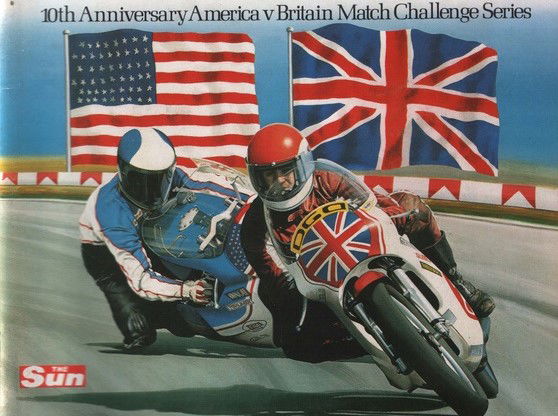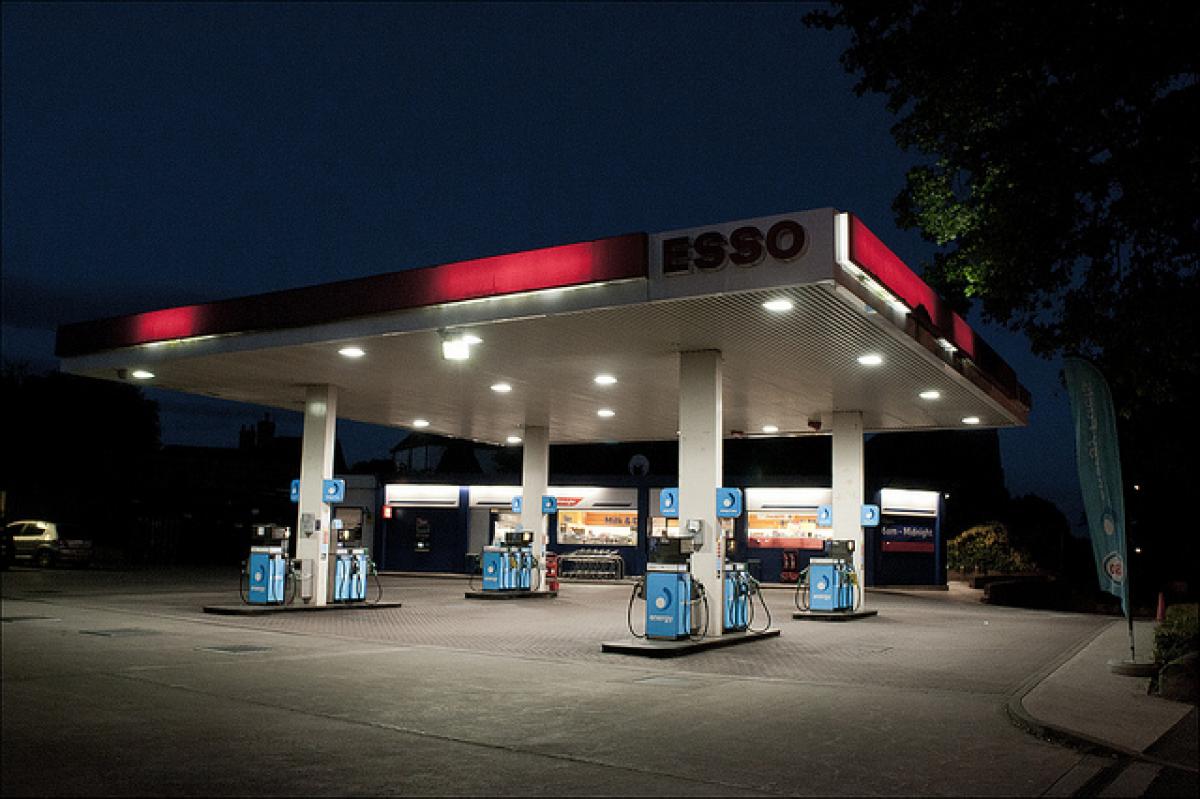People who changed motorcycling no 4 - Colin Seeley
We look back on the life of Colin Seeley, a Brit who had a profound influence on the world of motorcycling.

EIGHTY-FIVE years ago, a Brit who became one of the most influential figures on world motorcycling was born – Colin Seeley.
Seeley, who sadly died last year, may not have been as celebrated, won as many world titles or become as famous as some British motorcycling figures, but he was without doubt one of the most diverse and successful figures in motorcycle sport and not just as a racer – but as a designer, trend setter, team manager and more.
WATCH: 2021 KTM 1290 Super Adventure S Review
He was a self-starting motorcycle dealer who went into racing in the 1950s winning a grand prix in the 1960s before becoming a trend-setting pioneer of coloured leathers. In the 1970s he was a pioneering and revered frame designer who supplied the likes of Barry Sheene. He then went into F1 with Bernie Ecclestone and Brabham before returning to bikesport in the 1990s to win the British championship with the Norton Rotary race team. Seeley then devoted much of his later life to charity work raising thousands for cancer support and, finally, in the Noughties, he wrote not one but TWO acclaimed autobiographies, which today are acclaimed to be among the best of their type.
Most of us would be chuffed to bits with just one of those achievements. Not bad for the son of a handyman from Kent who left school at 15…
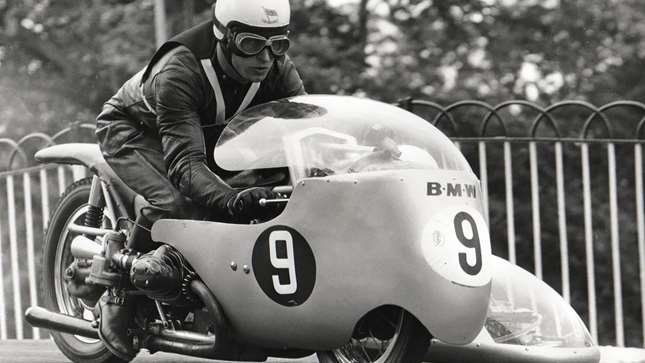
Luckily Seeley’s dad was also a bike nut and the proud owner of a Vincent Rapide on which young Colin, his only child, learnt to ride. After gaining his licence at 16 Seeley began his motorcycling career by becoming an apprentice at a nearby dealers where, coincidentally, he became acquainted with future F1 impresario Bernie Ecclestone, who’s own bike shop was nearby.
Seeley started racing in 1954, mostly on borrowed bikes, trying his hand at everything from track endurance to scrambles and hillclimbs. Then, in 1956, at the age of just 20 and after a variety of motor-trade jobs even including working at Halfords, Seeley with his father established his own dealership, trading as CJ Seeley Motorcycles. Success led to the business gaining main agencies from the likes of AJS, Ariel, BMW and Matchless and the 1958 opening of a new store devoted to sidecars.
Then things really began to take off. In 1960 Seeley junior married these two passions by buying his first racing sidecar. After only a handful of races he entered the 1961 Sidecar TT, finishing a creditable sixth, and from then until 1967 Seeley competed in the sidecar world championship using a variety of increasingly self-designed chassis. His best results being victory in the 1964 Dutch TT and two second places at the TT the same year and in France in 1966.
Yet, despite that success, it was just the prologue to what would be an incredibly diverse bikesport career.
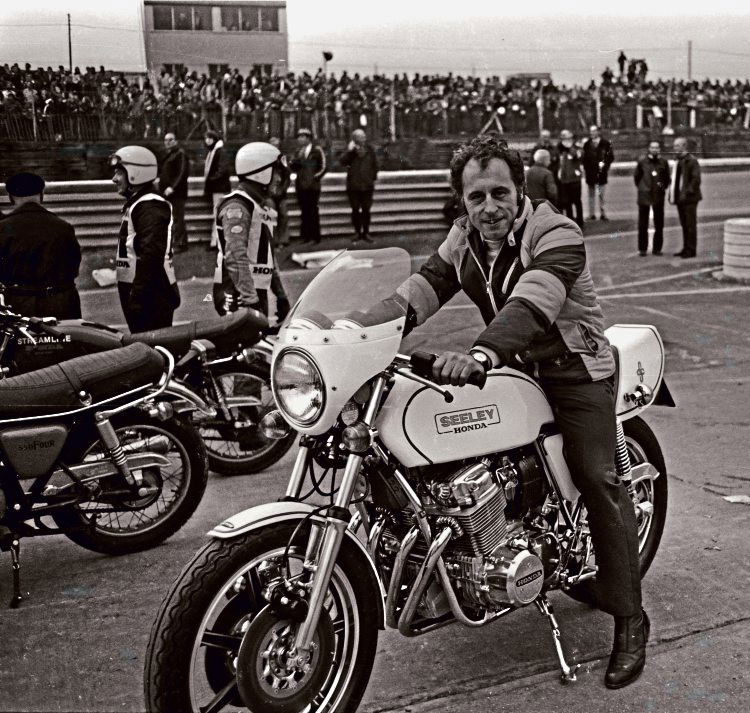
In 1967, in his final racing season, Seeley and passenger Roy Lindsay were among the first racers to wear coloured leathers, in their case, red suits, following the pioneering fashion started by Derek Minter a year earlier.
At the end of that year, however, he retired from competition to focus his efforts on chassis and frame design. Seeley had completed his first solo race frame for a Matchless G50 the year before which was built to his own design out of Reynolds 531 tubing and weighed a full 9lbs less than Matchless’s own. After test it, Derek Minter described it as ‘the best steering solo he’d ever tried.’
Thus in 1967, after acquiring the engine tooling and spares for racing AJS, Matchless and Nortons after the closure of their factory teams, Seeley devoted himself to producing his own eponymously-named racers which quickly became popular with privateers. In the early 1970s he diversified into Japanese engines, producing the equally popular, Yamaha-powered ‘Yamsel’ and in 1971 a young Barry Sheene used a Seeley frame for the T500 Suzuki on which he won the British championship. Sheene was also reported to have described the machine as the best-handling motorcycle he’d ever ridden.
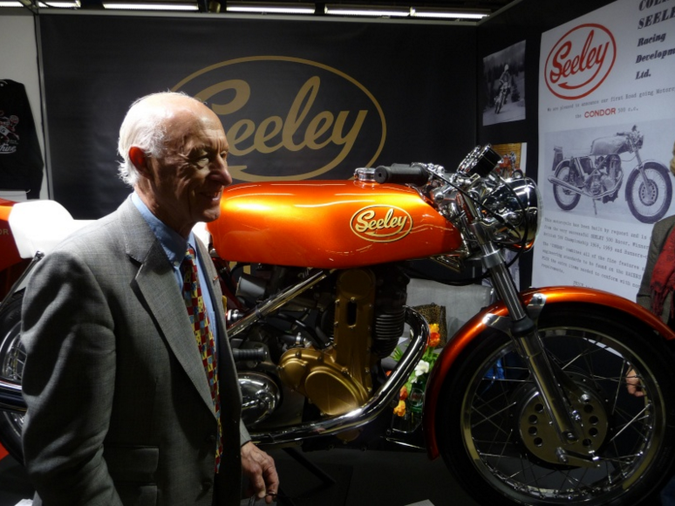
With such plaudits, Seeley developed a reputation as one of the best motorcycle frame designers of the era, ventured, with some success into road bikes and even produced limited edition replicas, such as that of Phil Read’s TT F1 bike, for Honda.
In the late 1970s, Seeley moved into cars when Bernie Ecclestone (remember him?) approached him to join his Motor Racing Developments concern, with Seeley also later working with the Brabham F1 team in the mid-1980s.
However Seeley remained active in bikes and in the late 1980s, with the growth in vintage racing, his frames again became increasingly popular.
In 1993 Seeley returned to mainstream bike racing when he teamed up with Brian Crichton to campaign the Duckhams-liveried Norton/Rotons, winning the 1994 British championship. Then, following Norton’s collapse, his team first campaigned Honda RC45s then Ducatis, latterly as manager of the GSE Ducati team.
After retiring Seeley became a part-time classic motorcycle consultant for Bonhams auctioneers and devoted much of the rest of his time to charity work, establishing the Joan Seeley Pain Relief Memorial Trust in memory of his first wife, Joan, who died of cancer. In 2006 and 2008 after spending seven years writing them, he published his autobiography in two volumes, with all proceeds going to charity, which documented his life in racing and which today is considered among the finest books of its type.

Seeley died in January 2020, shortly after his 84th birthday, following a long illness – but he’ll be remembered for decades to come as one of the most significant forces ever in British bike racing.
As legendary 19670s British racer Paul Smart commented, on hearing of Seeley’s death: “He will be seriously missed. And certainly by me.”
While former Suzuki and Yamaha GP star Rob McElnea added: “Rest easy Colin. You made an incredible contribution to the racing world, a gentleman and role model, many of us have a huge debt to you.”
As we said: not bad for a 15-year-old school leaver who was passed over for National Service for not being fit…
